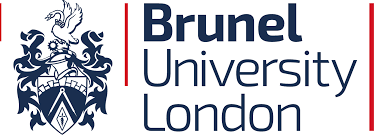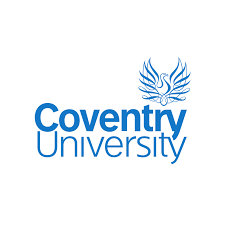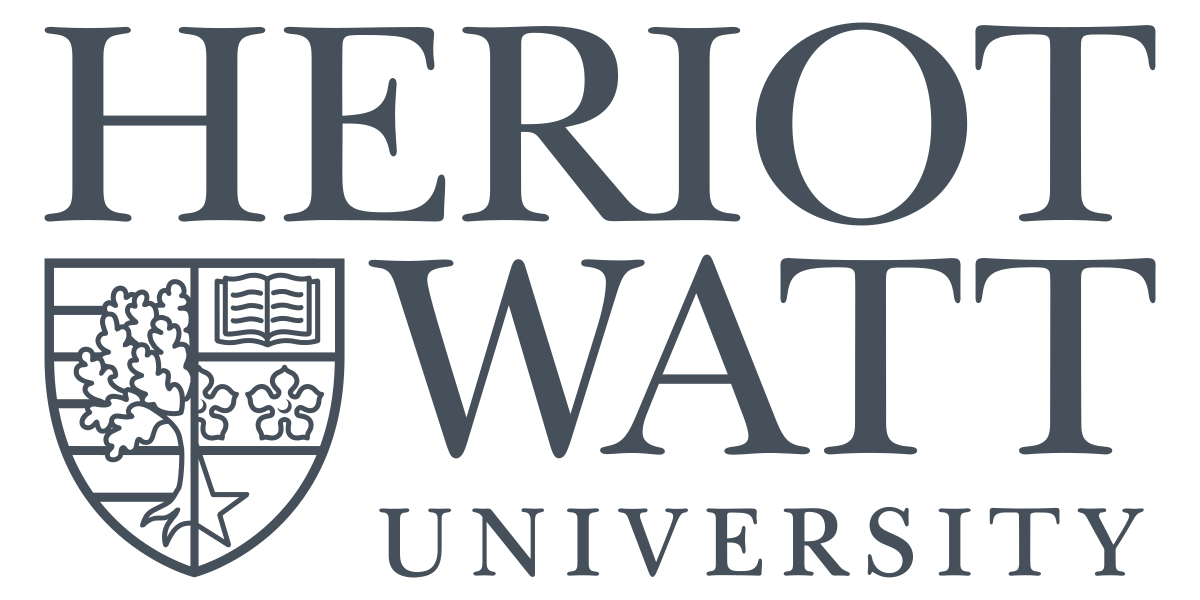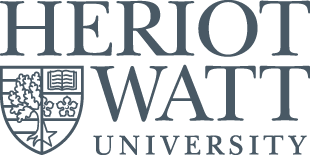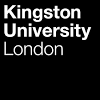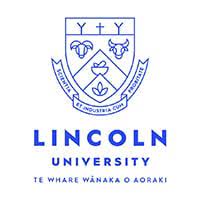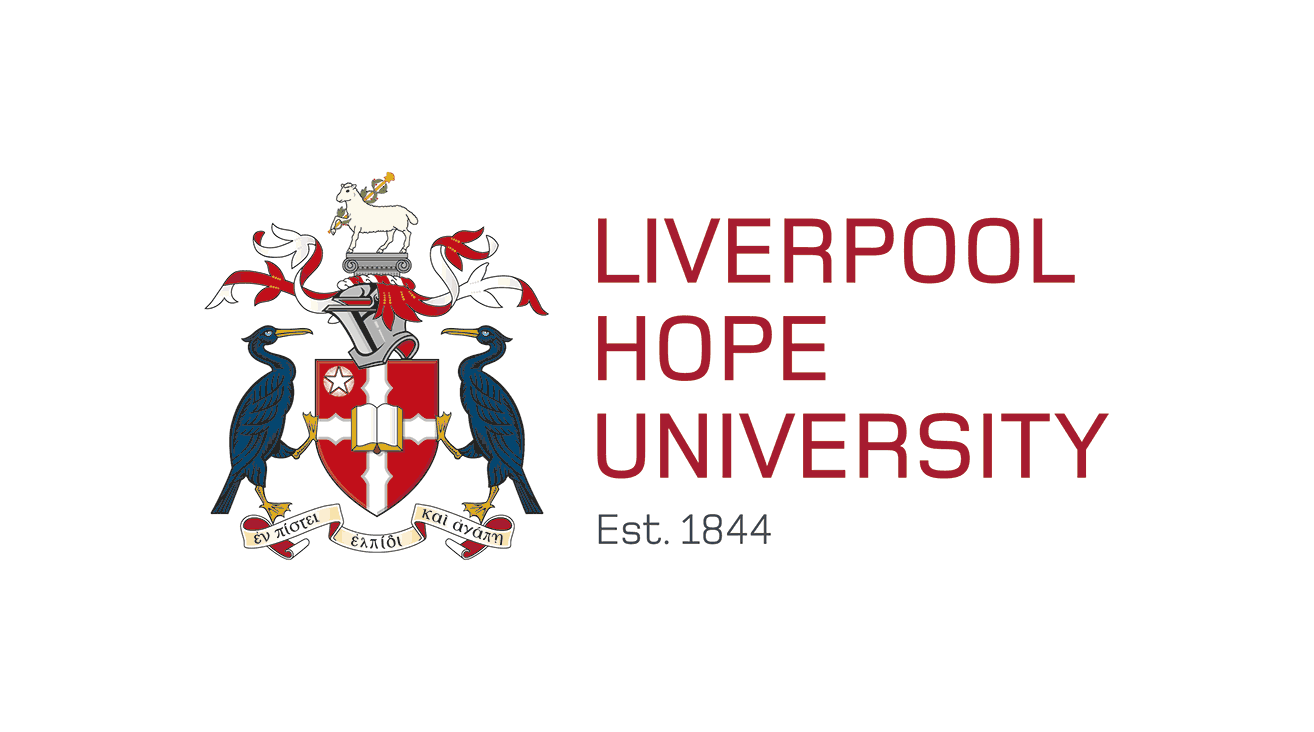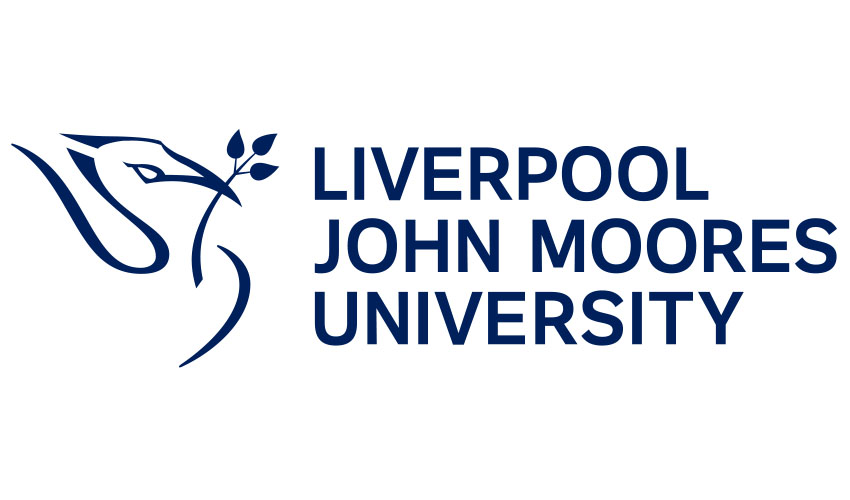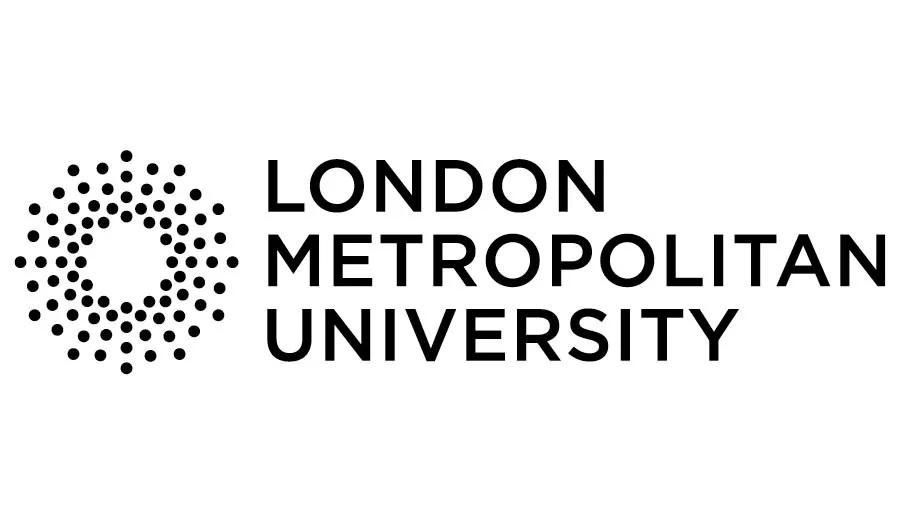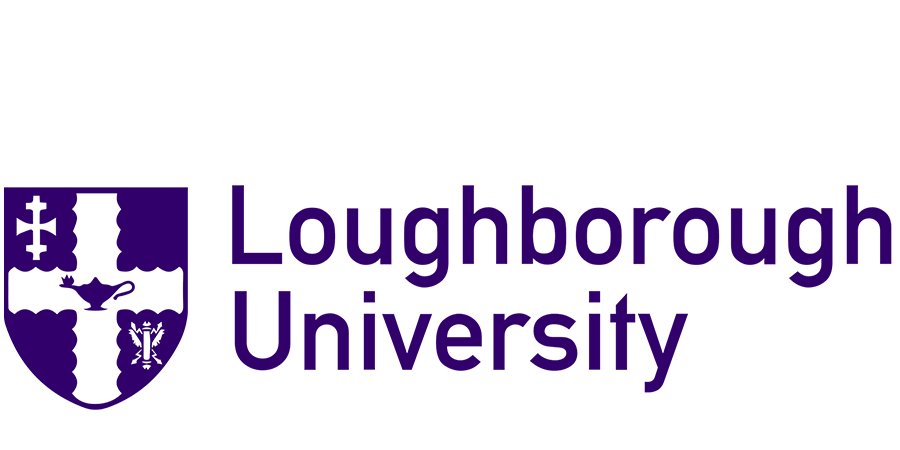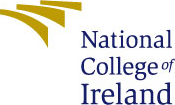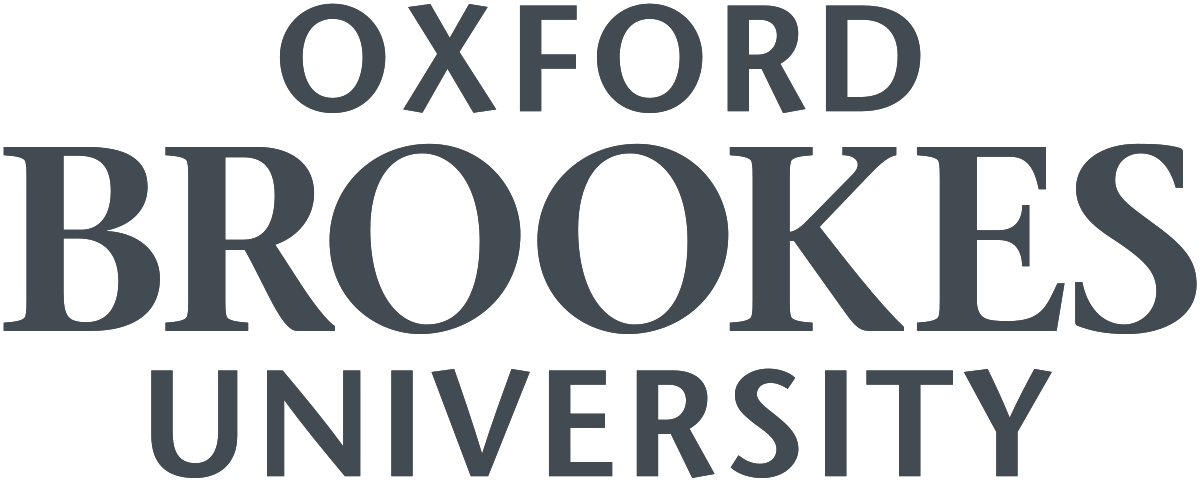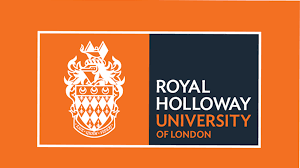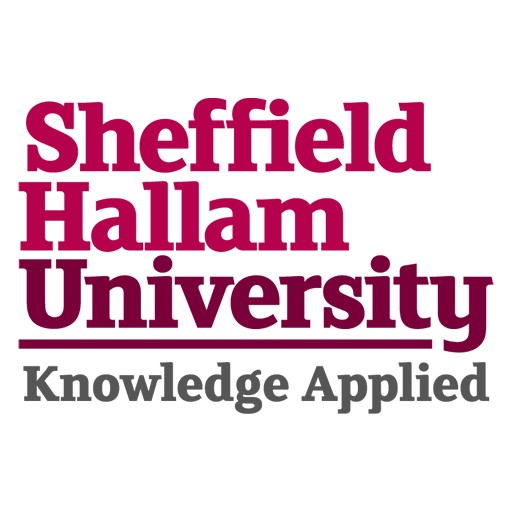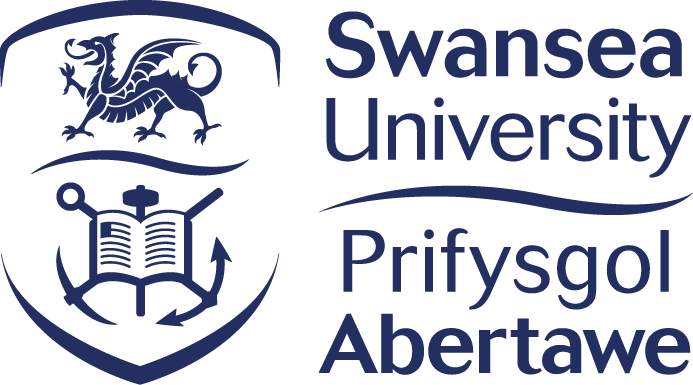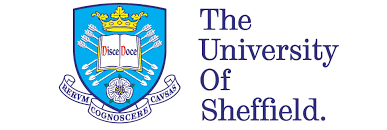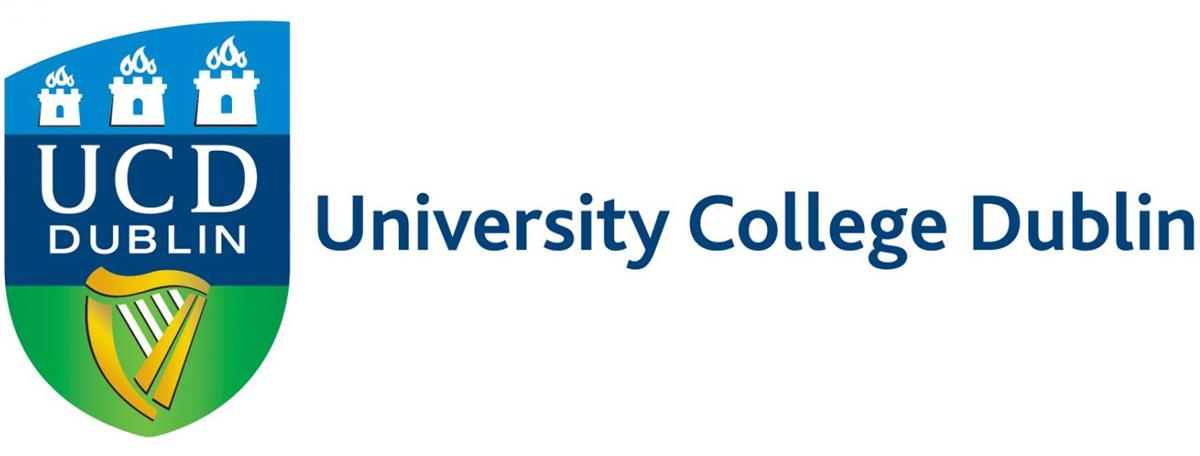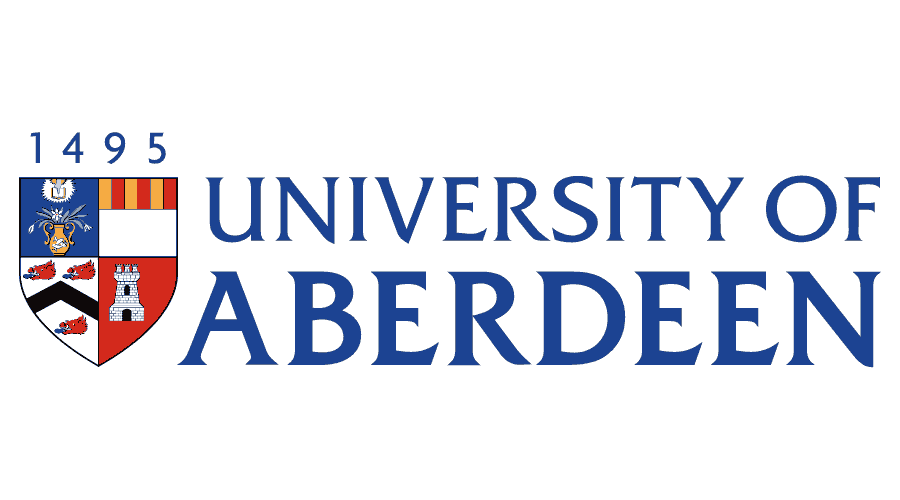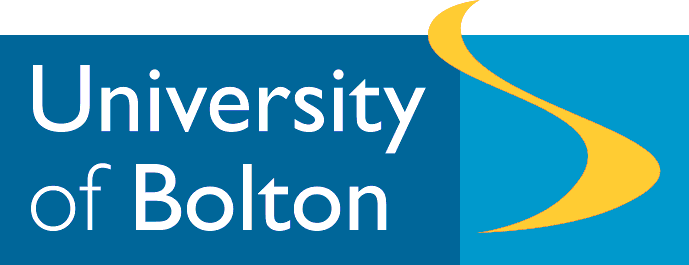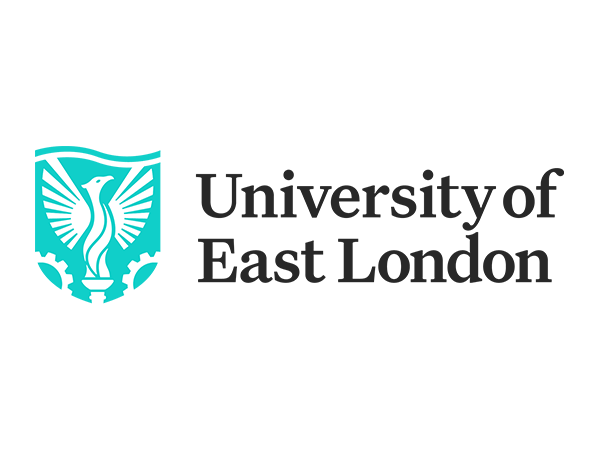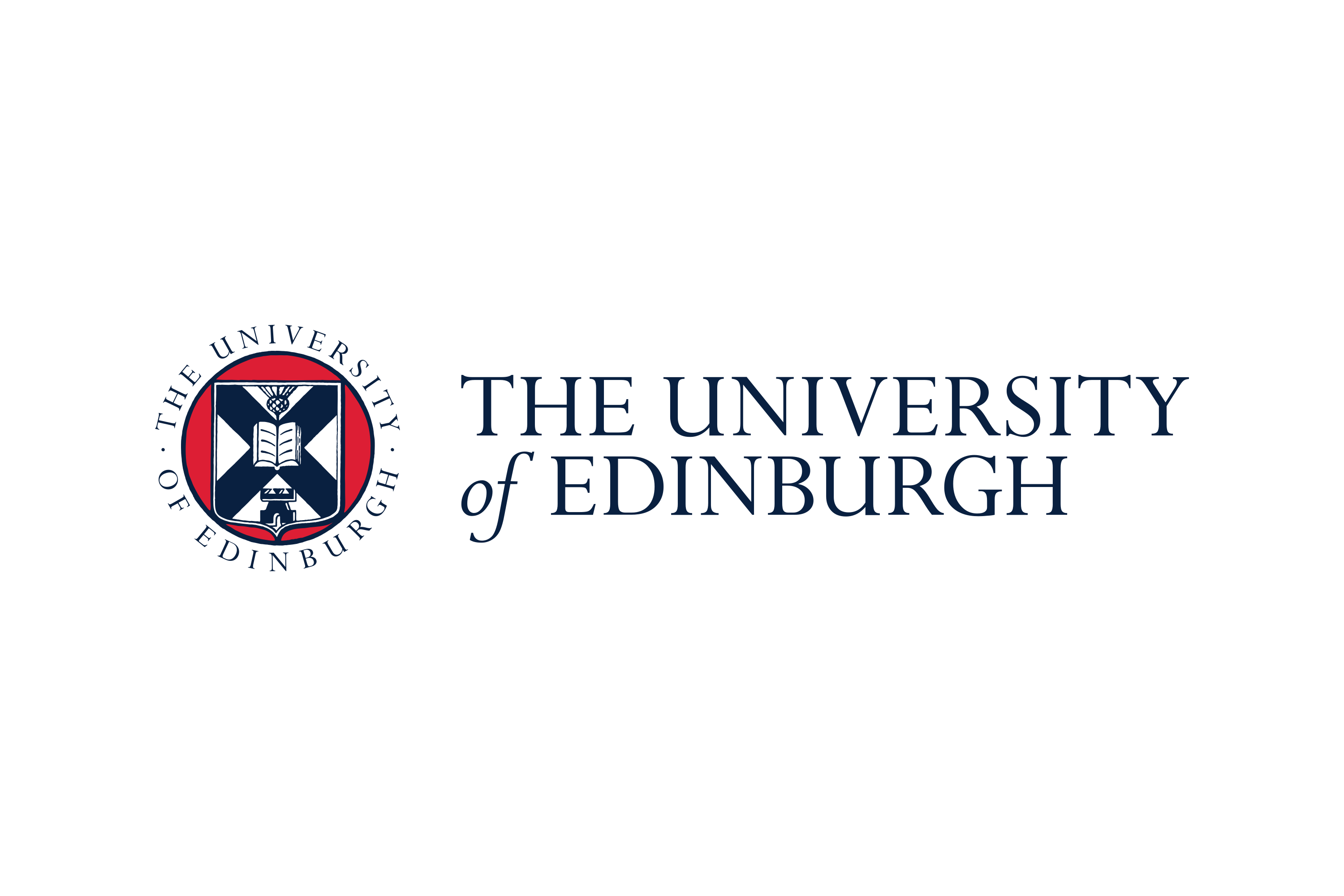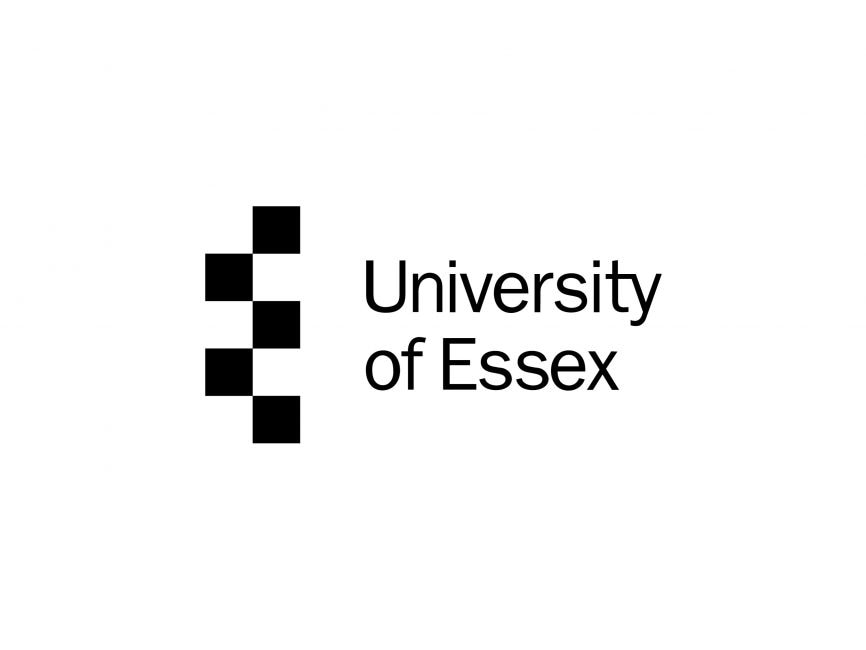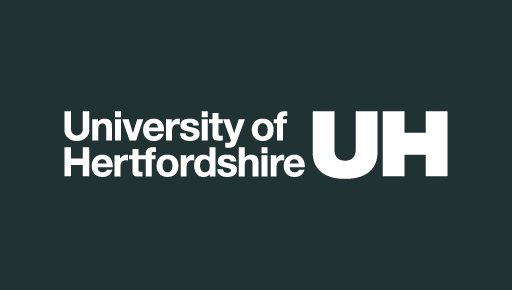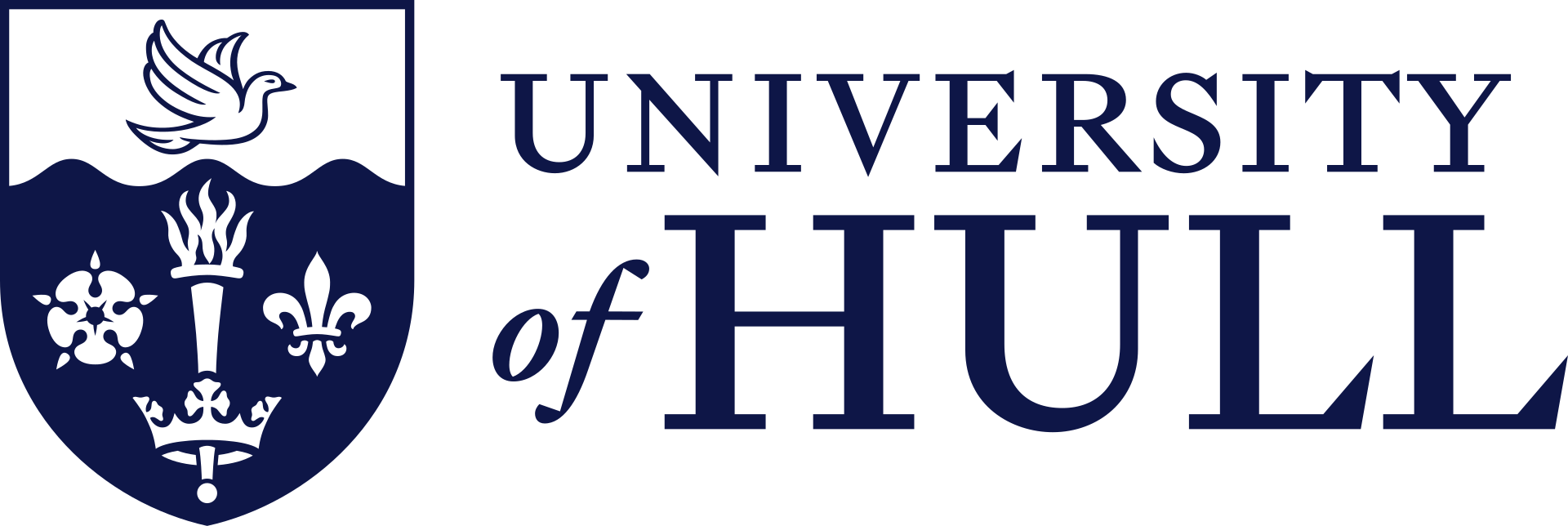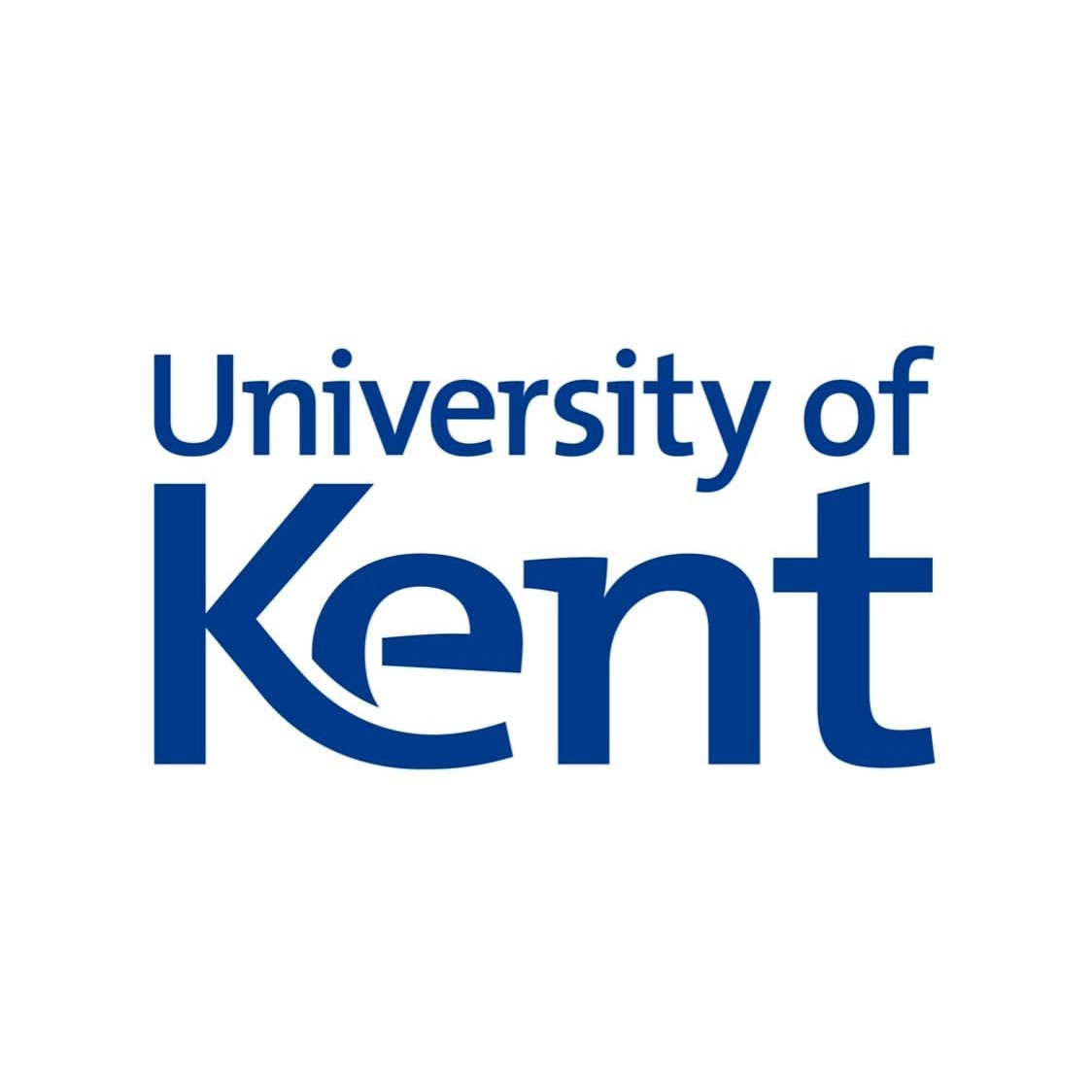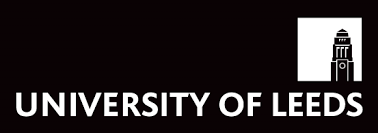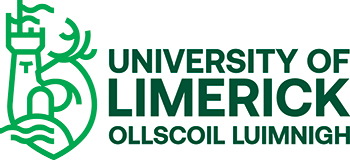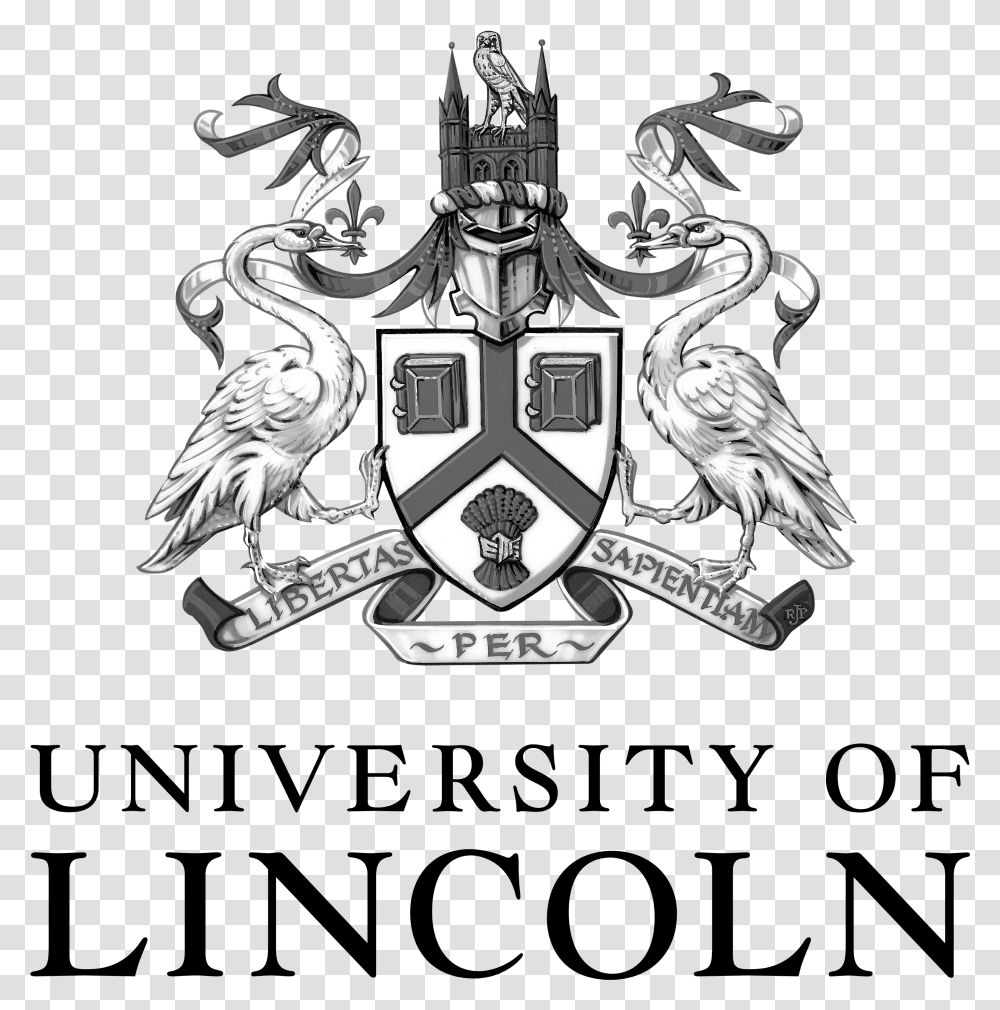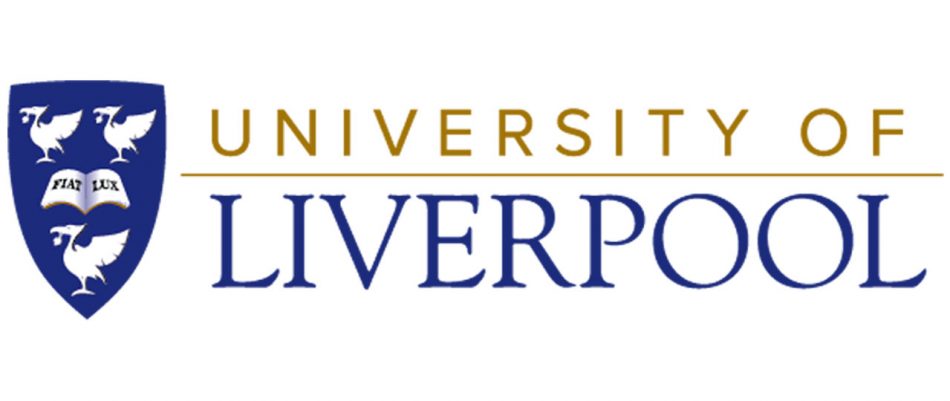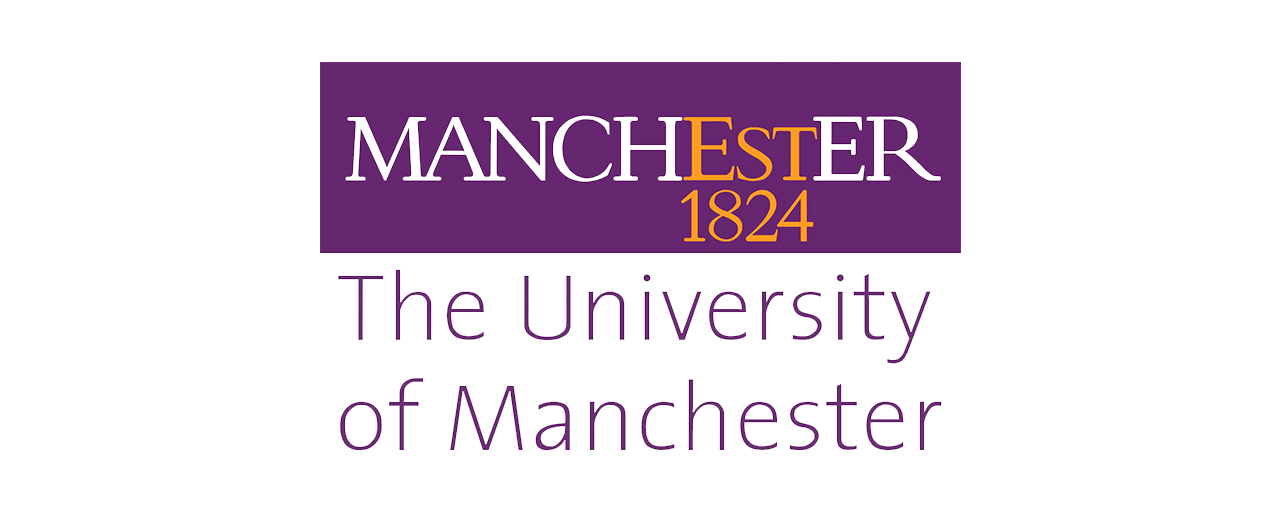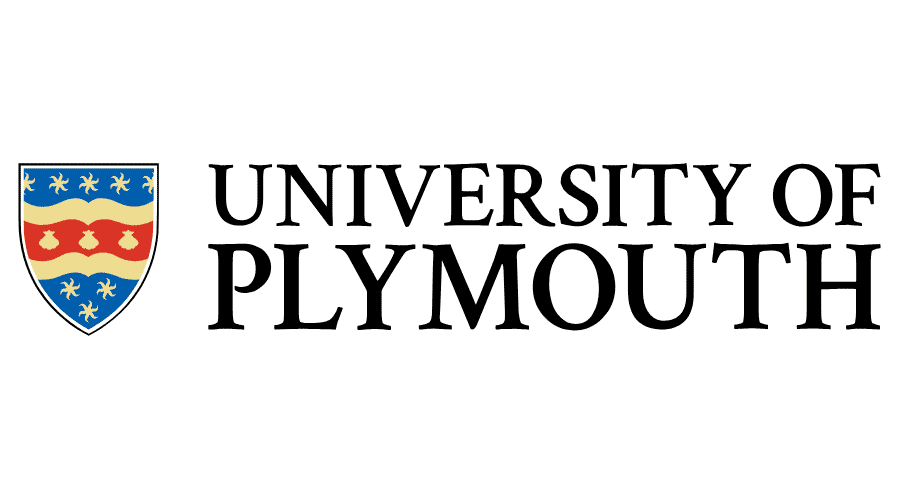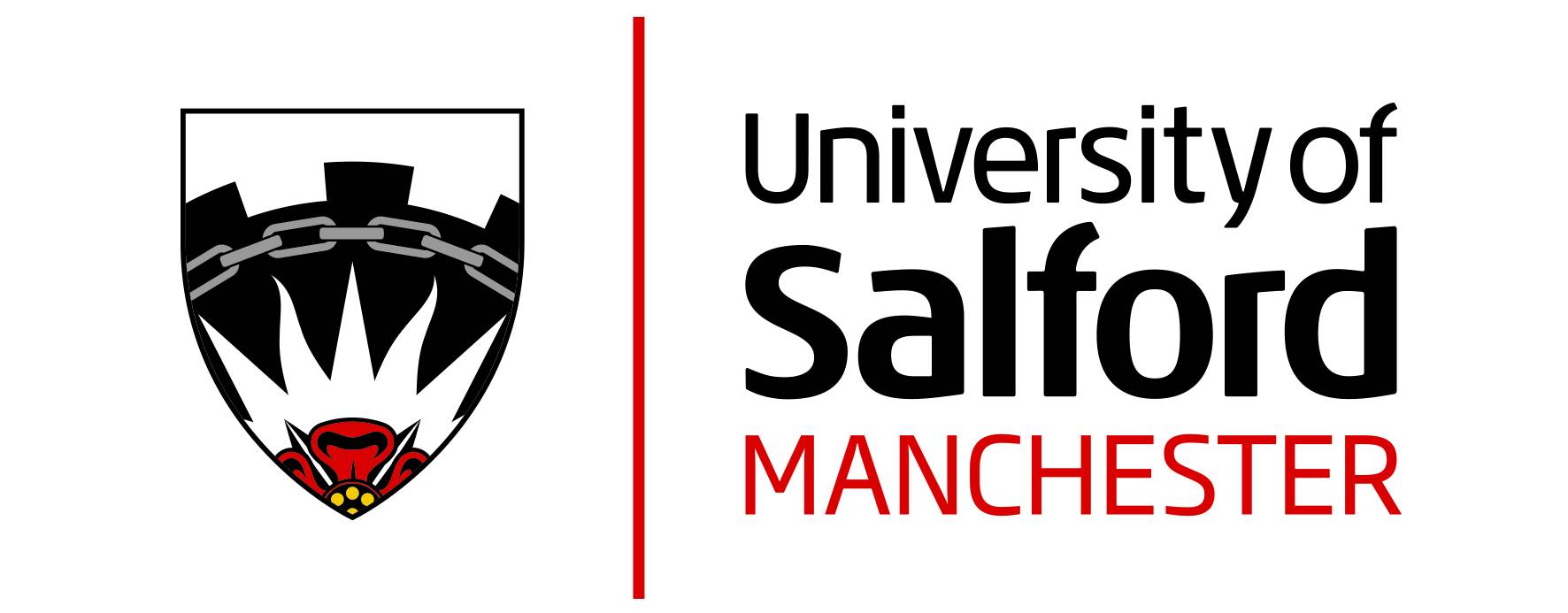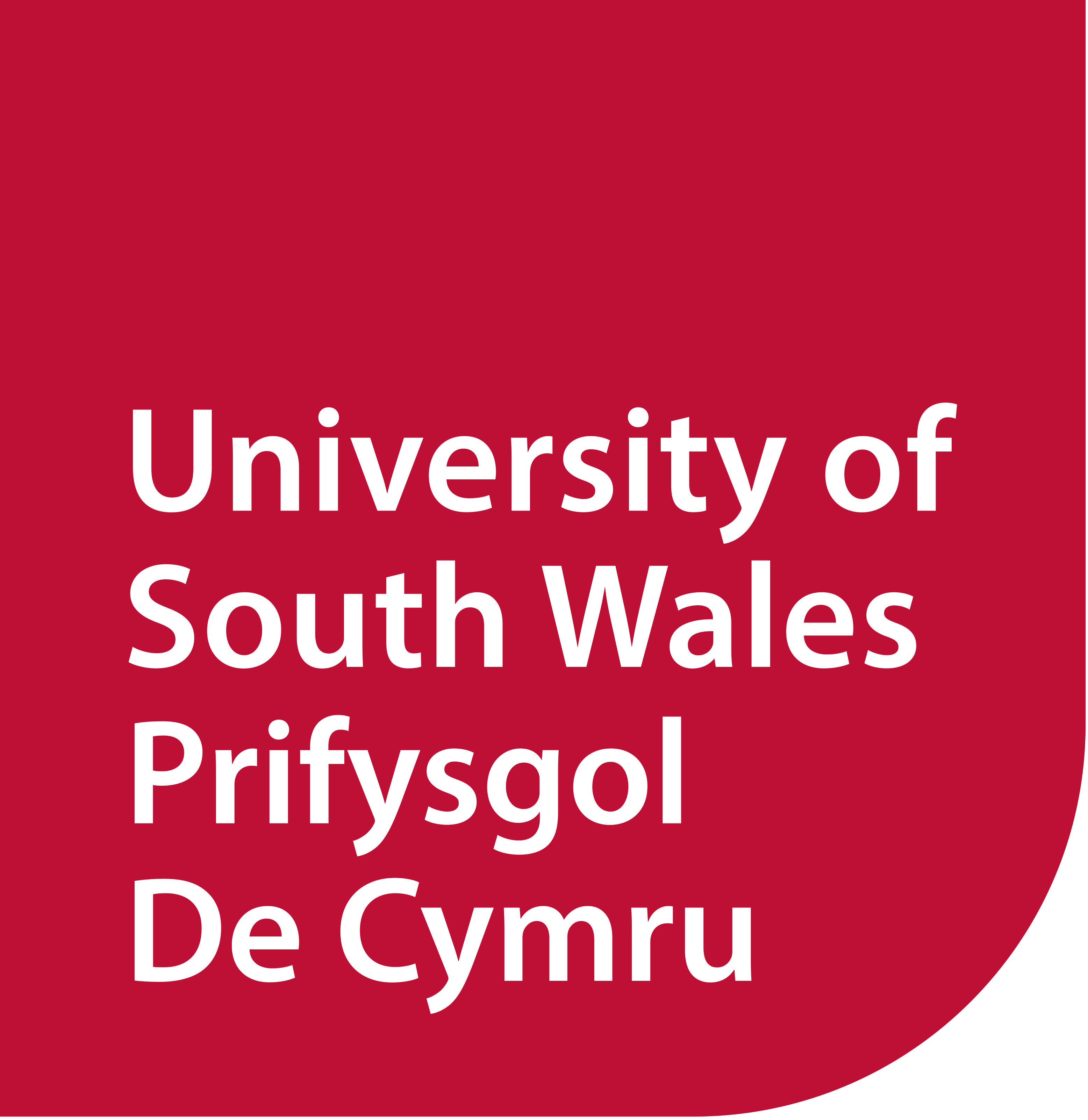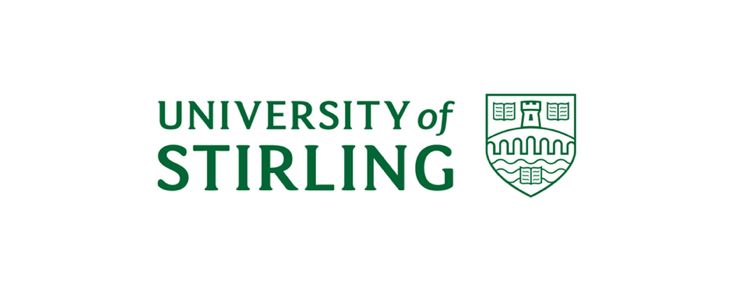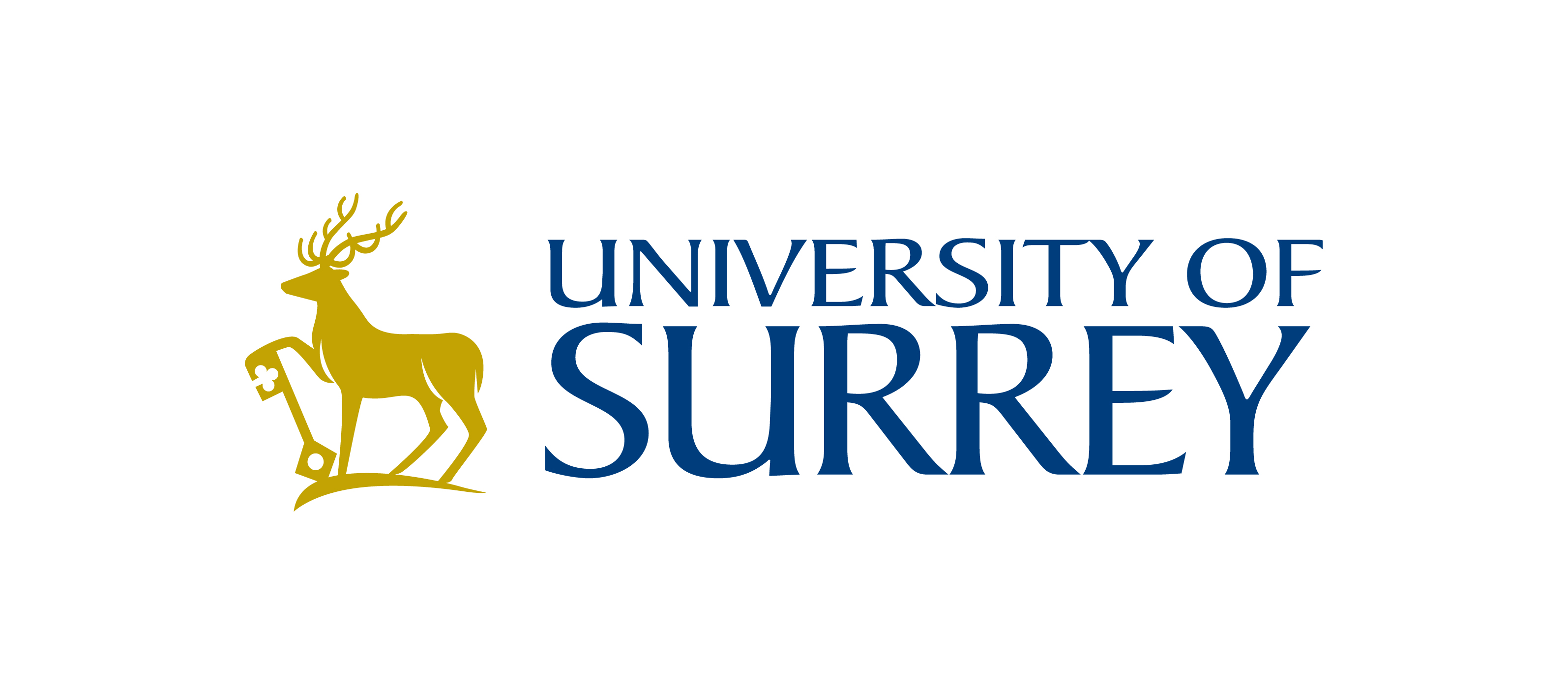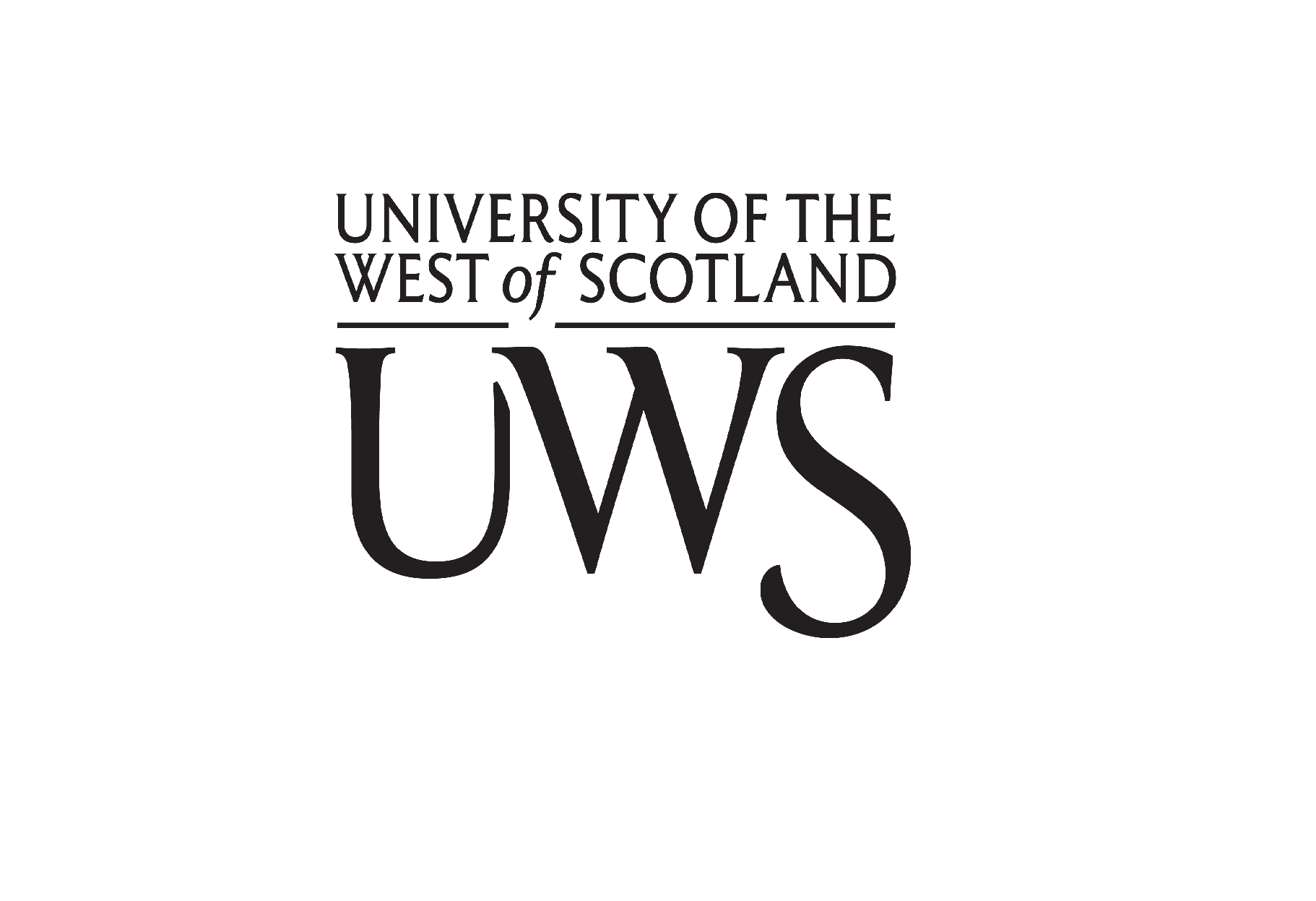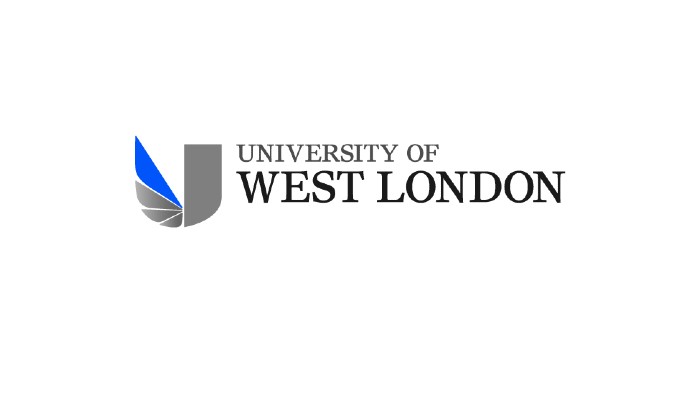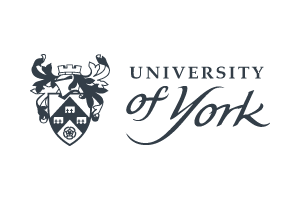Artificial Intelligence: Pioneering the Future of Technology
Artificial Intelligence (AI) is transforming the world, from everyday apps like voice assistants to groundbreaking advancements in healthcare, finance, and autonomous vehicles. For Indian students aspiring to study abroad, pursuing an AI course offers unparalleled opportunities to gain cutting-edge knowledge, access world-class research facilities, and build a global career. This page explores the exciting world of AI education, tailored for ambitious minds from India ready to innovate on an international stage.
Why Study Artificial Intelligence Abroad?
India boasts a vibrant tech ecosystem, but studying AI abroad exposes you to diverse perspectives, advanced infrastructure, and collaborations with industry leaders like Google, Microsoft, and Tesla. Here's why it's a smart choice:
- Global Recognition: Degrees from top universities enhance your resume, making you stand out in competitive job markets worldwide.
- Research Opportunities: Access to state-of-the-art labs and funding for projects in machine learning, neural networks, and robotics.
- Industry Connections: Internships and placements with Silicon Valley giants, bridging the gap between academia and real-world applications.
- Cultural Immersion: Experience multicultural environments that foster creativity and adaptability—key skills in AI's collaborative field.
- Scholarships for Indian Students: Programs like Fulbright-Nehru or university-specific grants make high-quality education accessible.
With AI projected to add $15.7 trillion to the global economy by 2030 (PwC report), your investment in an abroad degree could yield exponential returns.
Top Destinations for AI Courses
Choosing the right country is crucial. The United States leads in AI innovation, while the UK and Canada offer strong academic programs with post-study work visas. For Indian students, these destinations provide visa-friendly policies and Indian diaspora support networks.
| Country | Top Universities | Key Advantages | Average Tuition (per year, INR equivalent) |
|---|---|---|---|
| United States | MIT, Stanford, Carnegie Mellon | Hub of tech giants; OPT visa for work experience | 25-40 lakhs |
| United Kingdom | Imperial College London, University of Oxford | Short 1-year Master's; Graduate Route visa | 20-35 lakhs |
| Canada | University of Toronto, UBC | Affordable living; PGWP up to 3 years | 15-30 lakhs |
| Australia | University of Melbourne, UNSW | Strong AI research; post-study work rights | 18-32 lakhs |
| Germany | Technical University of Munich, RWTH Aachen | Low or no tuition; English-taught programs | 5-15 lakhs |
Germany stands out for budget-conscious Indian students, with many public universities offering free education and a growing AI sector in Europe.
Course Structure and Curriculum
AI programs abroad are designed to build a strong foundation while allowing specialization. Most Master's degrees last 1-2 years, blending theory, practical coding, and ethical considerations. Bachelor's programs (3-4 years) suit fresh graduates from India.
Core Subjects in an AI Curriculum
- Foundations: Programming (Python, Java), Mathematics (Linear Algebra, Calculus, Probability), Data Structures.
- Core AI Topics: Machine Learning Algorithms, Deep Learning, Natural Language Processing (NLP), Computer Vision.
- Advanced Modules: Reinforcement Learning, AI Ethics and Bias, Robotics, Big Data Analytics.
- Practical Components: Capstone projects, hackathons, and industry internships—often mandatory for hands-on experience.
- Electives for Specialization: AI in Healthcare, Autonomous Systems, or AI for Business Intelligence.
A typical semester might include lectures, labs, and seminars. For instance, at Stanford's MS in Computer Science with AI focus, students tackle real-world problems like developing AI models for climate prediction.
Duration and Entry Requirements
- Bachelor's: 3-4 years; Requires 10+2 with 70%+ in Math/Physics/Computer Science; IELTS/TOEFL scores (6.5+/90+).
- Master's: 1-2 years; Needs a relevant Bachelor's (e.g., B.Tech in CS); GPA 3.0+; GRE optional for many programs.
- PhD: 3-5 years; Research proposal and supervisor alignment essential; Funding often covers tuition for Indians.
Indian students should prepare a strong Statement of Purpose (SOP) highlighting projects like those from IITs or online courses on Coursera/edX.
Benefits Tailored for Indian Students
Studying AI abroad isn't just about academics—it's a holistic growth journey. As an Indian student, you'll benefit from:
- Financial Aid: Scholarships like the Inlaks Shivdasani Foundation or DAAD (for Germany) cover up to 100% of costs. Many universities offer merit-based aid for high-achieving Indians.
- Visa and Work Opportunities: Post-study work visas allow 1-3 years of employment. In the US, H-1B visas favor STEM fields like AI.
- Support Networks: Indian student associations, cultural festivals (Diwali events), and halal/vegetarian food options ease the transition.
- Skill Enhancement: Exposure to global tools like TensorFlow and PyTorch, plus soft skills in diverse teams.
- Return on Investment: AI professionals earn 20-50% more abroad; many return to India for roles at Infosys, TCS, or startups in Bengaluru's AI hub.
Imagine collaborating on an AI project that predicts monsoons more accurately—directly impacting India's agriculture. Such applications make AI study abroad meaningful for your roots.
Career Prospects in AI
The demand for AI experts is skyrocketing. According to LinkedIn's 2023 report, AI Engineer tops emerging job lists. Graduates from abroad command premium salaries:
- Entry-Level Roles: AI/ML Engineer, Data Scientist (Salary: $80,000-$120,000 USD annually).
- Mid-Level: AI Researcher, Robotics Specialist (Up to $150,000+).
- Top Positions: AI Architect, Chief AI Officer (Over $200,000 in tech hubs).
In India, returning alumni often join FAANG companies' Indian offices or lead AI initiatives at Reliance or Paytm, with salaries starting at ₹15-30 lakhs per annum.
Key industries hiring AI talent:
- Healthcare: Predictive diagnostics.
- Finance: Fraud detection algorithms.
- Automotive: Self-driving tech.
- E-commerce: Personalized recommendations (think Amazon's AI for Indian markets).
Application Tips for Indian Students
Navigating applications can be daunting, but with preparation, it's achievable:
- Research Early: Start 12-18 months in advance; use platforms like QS Rankings for AI programs.
- Standardized Tests: Ace IELTS/TOEFL; GRE for US apps. Practice with Indian coaching centers like Jamboree.
- Documents: Transcripts, LORs from professors, SOP emphasizing your passion (e.g., AI projects during internships).
- Funding: Apply for education loans from SBI or HDFC; explore university waivers.
- Visa Prep: Gather financial proofs; attend pre-departure orientations for cultural tips.
Pro Tip: Highlight your Indian perspective in applications—discuss how AI can solve local challenges like traffic optimization in Mumbai.
Success Stories from Indian AI Graduates
Meet Rajesh Kumar, an IIT Delhi alum who pursued MS AI at Carnegie Mellon. "The abroad experience honed my skills in ethical AI, leading to a role at Google AI in California. It's empowering to contribute to global tech while staying connected to India."
Or Priya Sharma, now an AI ethicist at Oxford: "Scholarships made it possible, and the diverse classroom enriched my understanding of bias in AI—crucial for inclusive tech."
Frequently Asked Questions (FAQs)
- Is AI a good field for Indian students?
- Absolutely! With India's digital push (Digital India initiative), AI skills are in high demand both abroad and back home.
- What if I don't have a CS background?
- Many programs offer bridge courses; start with online certifications in Python and ML.
- How to handle homesickness?
- Join Indian student groups and virtual family calls; universities provide counseling.
- Are there AI courses in English for non-native speakers?
- Yes, most top programs are English-taught; language support is available.
Embark on your AI journey abroad and shape the future. Contact our counselors for personalized guidance on applications and scholarships.





